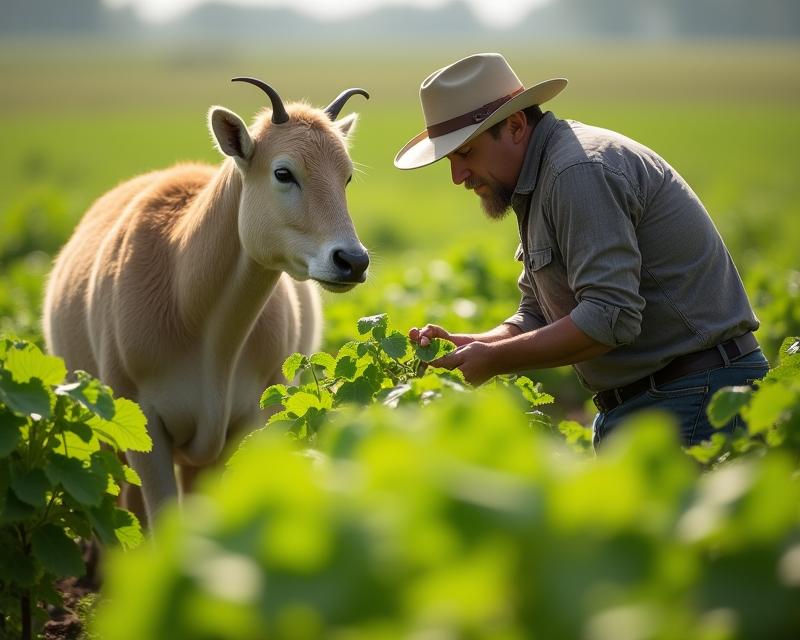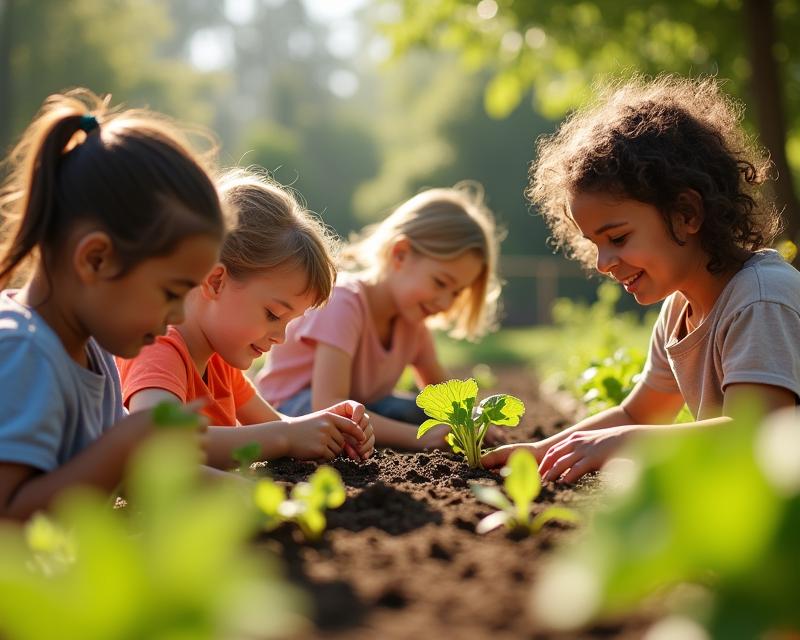Crop Rotation & Water Savings
Publish in Sustainable Farming el 05/07/2025 02:31
Crop Rotation & Water Savings
Water is a precious resource for all farmers and gardeners. Finding ways to use it efficiently is not only good for your bottom line but also crucial for the long-term health of your land. One of the most effective and time-tested methods for improving water use efficiency and soil health is crop rotation. It's a simple concept with powerful benefits!

What is Crop Rotation?
Crop rotation simply means planning what crops you grow in a particular field, and in what order, over time. Instead of planting the same crop year after year, you cycle through different types. For example, you might rotate a row crop like corn with a legume like soybeans, followed by a cover crop like oats.
How Crop Rotation Improves Water Use
Different crops have different water needs and root systems. Rotating crops helps to break up patterns of water depletion. Deep-rooted crops, like alfalfa or sunflowers, can access water deeper in the soil profile, making it available for subsequent crops. Legumes, like beans and peas, fix nitrogen in the soil, reducing the need for synthetic fertilizers. Healthy soil, built by diverse crops, holds more water, reducing the frequency of irrigation. This means less water wasted through runoff and evaporation, and more water available for your plants.
Benefits Beyond Water Savings
The benefits of crop rotation extend far beyond water conservation. It also improves soil structure, reduces pest and disease problems, and increases overall soil fertility. By alternating crops, you disrupt the life cycles of soilborne pests and diseases, reducing the need for pesticides. Different crops also have different nutrient requirements, so rotation helps to balance nutrient levels in the soil, leading to healthier, more productive plants. A diverse soil ecosystem is a resilient soil ecosystem!
Getting Started with Crop Rotation
You don't have to overhaul your entire farming system overnight. Start small! Begin by rotating just a few crops in a single field. Research which crops are best suited for your climate and soil type. There are many resources available from your local agricultural extension office. Consider incorporating cover crops into your rotation to further improve soil health and water retention. With a little planning and effort, crop rotation can be a game-changer for your farm or garden, leading to healthier plants, healthier soil, and a more sustainable future.





